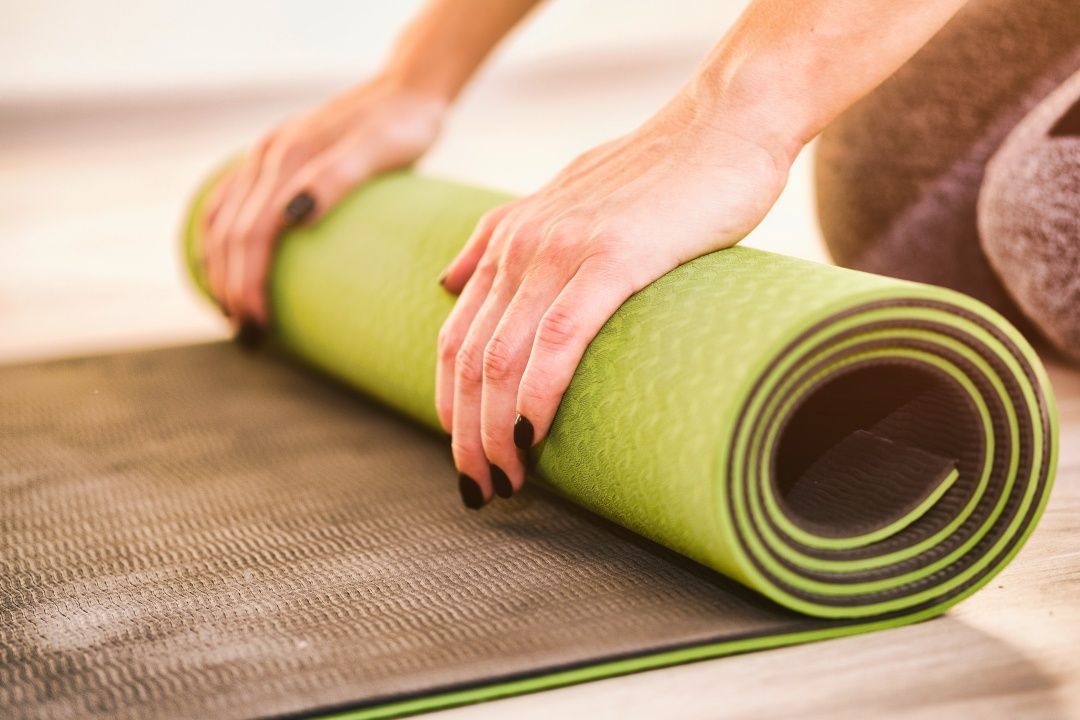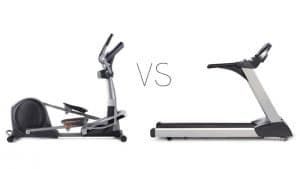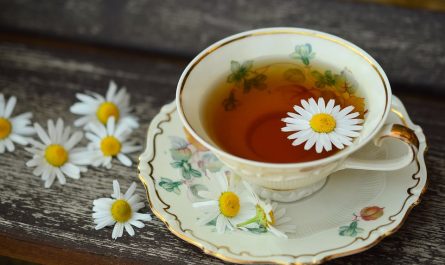Yoga is a popular form of exercise that has been practiced for centuries. It is not only beneficial for physical health, but also for mental well-being. Whether you are a beginner or an experienced yogi, having the right yoga mat can significantly enhance your practice. In this article, we will explore the various features and materials of yoga mats to help you make an informed decision.
Thickness
One of the first considerations when choosing a yoga mat is its thickness. The thickness of a yoga mat determines its level of cushioning and support. Mats generally range from 1/16 inch to 1/4 inch thickness. Thinner mats provide a more grounded and stable feel, which is preferred by advanced practitioners who have a strong connection with the ground. Thicker mats, on the other hand, are better for individuals who require additional cushioning for their joints.
Grip
A yoga mat should provide a secure and slip-resistant surface to prevent any accidents during your practice. Most mats have a textured surface that enhances grip. However, different materials offer varying degrees of grip. Natural rubber yoga mats are known for their excellent grip, even when you are sweating. On the other hand, PVC mats might be slippery when wet. Consider the type of yoga you practice and your tendency to sweat when choosing a mat with the right level of grip.
Durability
Investing in a high-quality yoga mat is essential to ensure its durability. Cheaper mats may wear out quickly and start to flake or peel. Look for mats made from durable materials such as rubber or sustainable materials like jute or cork. These materials are not only eco-friendly but also long-lasting. Additionally, mats with closed-cell construction are less likely to absorb sweat, making them more hygienic and durable over time.
Portability
If you are a yogi on the go or regularly attend classes outside your home, portability becomes an important factor to consider. Some mats are designed to be lightweight and easily rollable, making them convenient for travel. Others come with straps or carrying bags to facilitate transportation. If you plan on carrying your mat around frequently, opt for one that is easy to fold, roll, or carry.
Texture
The texture of a yoga mat affects your overall comfort during practice. Some individuals prefer a smooth and soft surface, while others prefer a more textured feel. Textured mats offer increased traction, allowing you to hold challenging poses without slipping. However, they can sometimes feel rough against your skin. Experiment with different textures to find the one that feels most comfortable to you.
Materials
The material of a yoga mat not only affects its grip and durability but also has environmental implications. Here are some common materials used in yoga mats:
Natural Rubber
Natural rubber mats are made from renewable materials and are biodegradable. They provide excellent grip, even in hot and sweaty conditions. However, some people may have latex allergies, so make sure to check for any allergic reactions before using a natural rubber mat.
PVC (Polyvinyl Chloride)
PVC mats are inexpensive and widely available. They are known for their durability and easy maintenance. However, PVC is a non-biodegradable material and may contain harmful additives. If you choose a PVC mat, look for one that is free from phthalates, which are chemicals that can cause health problems.
TPE (Thermoplastic Elastomer)
TPE mats are a more eco-friendly alternative to PVC mats. They are made from a blend of plastic and rubber polymers, offering good grip and cushioning. TPE mats are also free from phthalates and other harmful substances.
Jute and Cork
Jute and cork mats are sustainable options that are gaining popularity. Jute mats are made from organic fibers and provide a natural, textured feel. Cork mats are antimicrobial, providing a hygienic surface for your practice. Both materials are highly durable and biodegradable.
Price
Yoga mats come in a wide price range, depending on their features and materials. While it is tempting to go for the cheapest option, keep in mind that a high-quality mat will last longer and provide a better practice experience. Consider your budget, but also look for mats that offer value for money in terms of durability, comfort, and performance.
Conclusion
Choosing the right yoga mat involves considering several factors such as thickness, grip, durability, portability, texture, materials, and price. Each individual has unique preferences and needs, so it is essential to find a mat that suits your practice style and goals. Take your time to research and try out different mats if possible. Investing in a good-quality yoga mat will not only enhance your practice but also support your physical and mental well-being in the long run.




